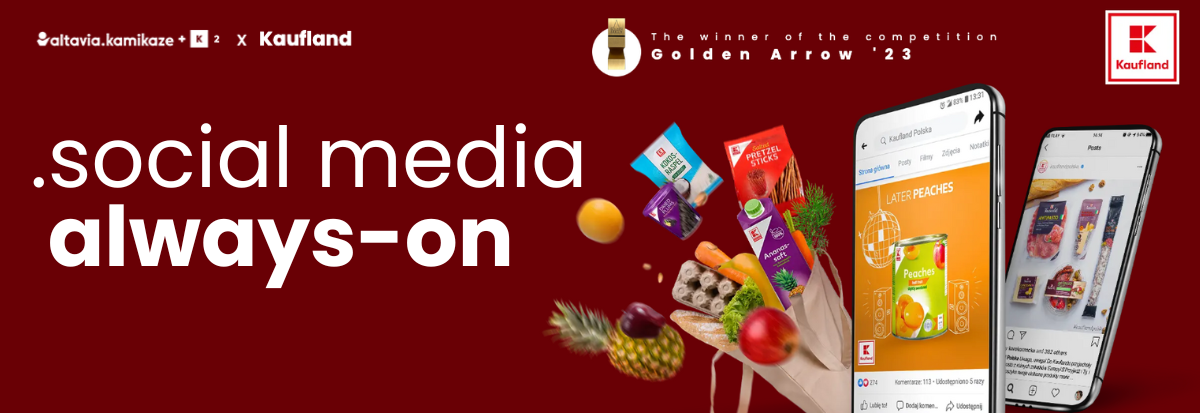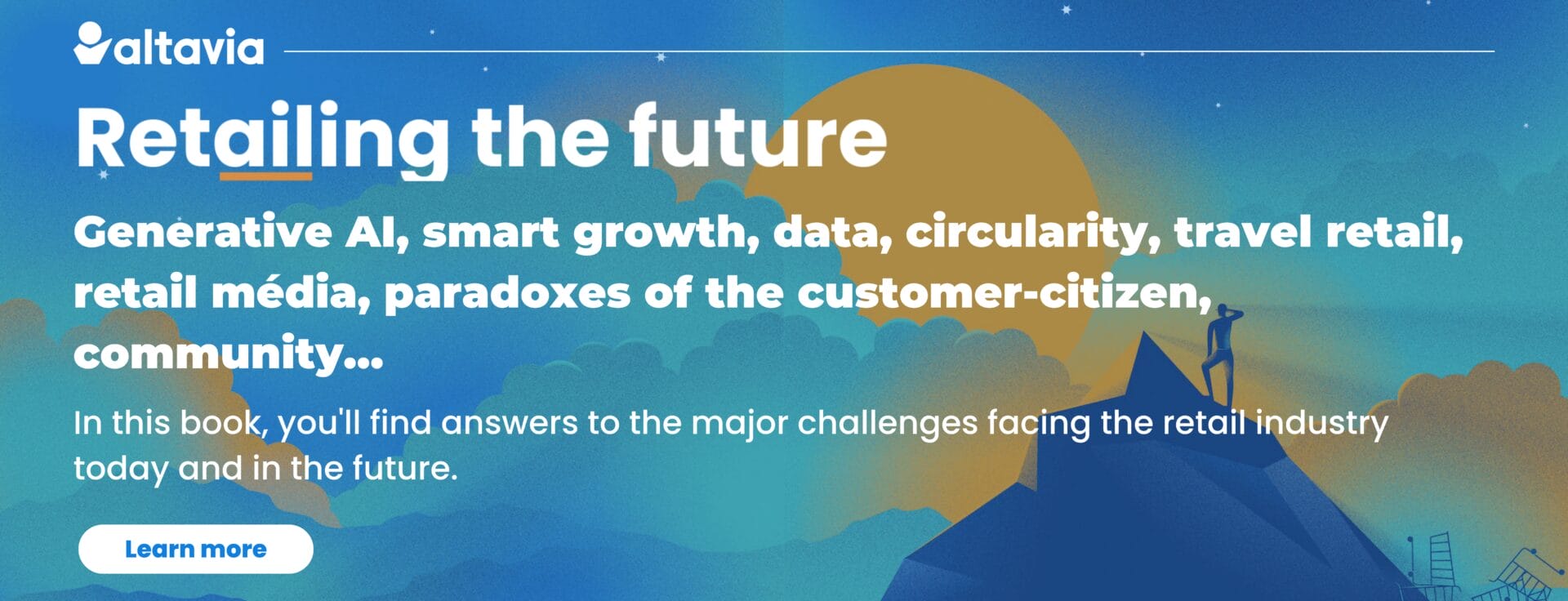Michał Ryszkiewicz: “A good creative approach to brand communication that appeals to our emotions is back in favour.”
Does paid social media mean advertisers will have to look to other promotional venues for themselves and their products/services? Michał Ryszkiewicz, managing partner of Altavia Kamikaze + K2, shares his insights.
When Facebook offered a paid subscription option in Europe at the end of 2023 as an alternative to the advertising-based model, we saw mixed reactions from users. In retrospect, these reactions can be viewed as restrained. The new model did not gain significant market share, and today we are left to ponder how social media will evolve towards subscription share.
With paid subscriptions becoming more commonplace, how might attitudes towards social media be changing?
The introduction of paid subscription models by popular social media platforms will change the way we consume content online, interact with other users, and how these platforms are funded and managed. However, we are only at the beginning of this journey, and I am convinced that these changes will not come quickly. To understand Meta’s moves, we need to analyse the context.
For many years, Europe has been consistently tightening data protection regulations and more broadly the protection of our privacy. These regulations hit the internet giants hardest, whose business models are based on monetising knowledge about users and their behaviour through sophisticated and effective advertising products.
In launching the paid version of its services in Europe, Meta referred to the regulator’s expectations and European court rulings, pointing out that subscription offers a viable alternative to personalised advertising. This, in practice, implements the guidelines of informed consumer choice—whether we want to provide our data or prefer not to do so and use the services for a fee.
One can surmise that the giant’s intentions in this move are calculated to maintain the status quo and reduce pressure from the regulator, rather than a significant shift in business towards the new model. However, business-wise, the subscription also fits. The Washington Post calculated that the average revenue per European Facebook user has so far been no more than $8 per month—with fees for the ad-free version at $9.99 for desktop and $12.99 for mobile. If we were to start opting for the paid option en masse, this would be a viable and attractive alternative to ad revenue.
What trends are discernible in relation to the aforementioned paywall?
A few months after the implementation of the service, there is still no real data on subscription levels, but the distribution of users of the paid version (e.g. in different countries or demographic groups) will be very interesting for advertisers. If the scale is large, this will clearly affect the ability to reach specific target group segments and media buying planning.
At this point, the most serious effect is similar implementations or experiments by other major platforms. However, I am slightly sceptical about the pace of change. Only around 80 million people use paid YouTube in relation to 2.7 billion active users, and Google has been actively selling this product for years.
What effects might the changes introduced now have in the future? How will they affect social media?
In the long term, we can expect many developments. I see various scenarios somewhat futuristically.
I expect a separation of users into those who can pay for content and those who cannot or do not want to pay, which could lead to inequalities in access to information and entertainment. This is an additional challenge in the face of rising social tensions and deepening information bubbles.
Paid subscriptions can force creators to produce better—more valuable, unique or specialised content to attract and retain paying subscribers. At the same time, they will, to some extent, make them less dependent on advertising revenue and less willing to engage in influencer partnerships.
What is noteworthy is that paid social media will then move closer in model to today’s streaming platforms, which are already looking for additional revenue streams by experimenting with the implementation of advertising systems (e.g. Netflix in several markets).
What challenges do businesses and advertisers face with the rise of paid social media?
Changes in the environment have been a constant in the advertising world since the beginning of the industry—successively mass media, the advent of the internet and search engines, then social media, mobile and increasingly data-driven personalised messaging, and today tools from under the martech and AI umbrella—each change has turned the tables. Brands, marketers and agencies always see them as both threats and opportunities. We can use every change to build a competitive advantage.
The starting point will be to notice the changes, adjust the advertising strategy, and perhaps test new communication channels. We will look for alternative ways to reach our target audience. We will develop communities around brands on our own platforms, well-tailored advocacy activities or tailor-made influencer programmes.
Alongside the changes in social media, I expect the competition for users’ attention to increase further. And if, realistically, the number of available advertising spaces decreases and costs necessarily increase, we will need to create more engaging and effective campaigns to stand out from the competition. The advantage of basing actions on data will come to an end, as we will all be embracing this on a similar level. Good creative brand communication that appeals to our emotions will return to favour.
Considering the context of change, where privacy expectations will be ever higher, businesses and advertisers will need to constantly monitor and adapt their own practices to remain compliant and manage their reputations in this area. Meta values our data at $10 per month, but the cost of any errors, omissions or image slip-ups will run into the millions.
Does paid social media mean that advertisers will have to look to other promotional venues for themselves and their products/services?
The advertiser’s toolkit is richer today than at any time in history. Social media is a large and valuable medium for specific activities, but let’s agree—it has been with us for a relatively short time, and in that time, it has evolved very dynamically, constantly experimenting with interfaces, formats, advertising products, and eventually creating a market of online creators. In the latter, I see the direction of further evolution, which will find its development space cross-platform, in experimenting with new creations in the environment.
Let’s also look at instant messaging, which today, a little in the shadows and a little next to social platforms, has huge potential.
How can paid social media impact businesses and advertisers and the revenue they raise?
Subscription models can be an interesting inspiration for other industries, and the temptation to build a steady revenue stream is already encouraging experimentation. Among the leaders are mobile app-based services—once quite free and now increasingly paid for entertainment, data storage or security.
But subscriptions are also underpinning entirely new categories, such as the diet catering sector storming the market. Who’s next?
This article is a translation of an interview originally published in Polish by leading marketing magazine NowyMarketing.



